After visiting temples in Pune, it was time to learn about history.
Shaniwar Wada
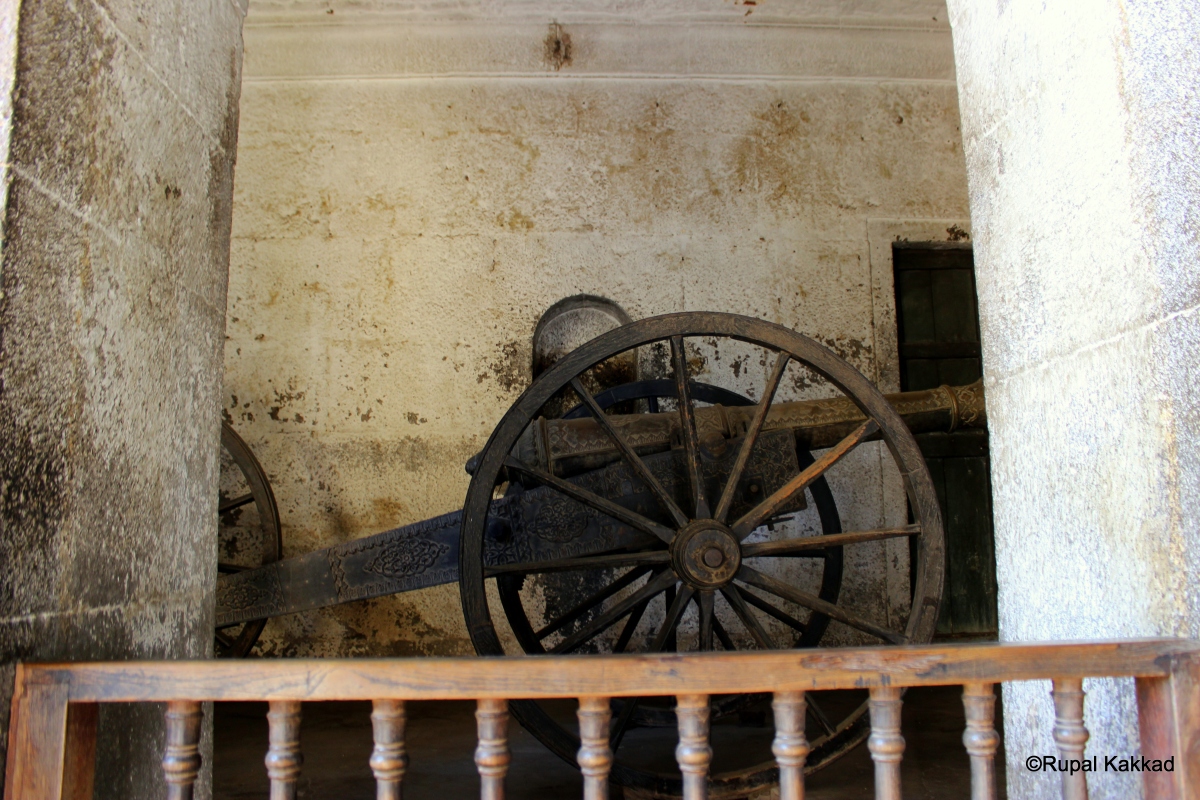
Pune is a not a small city. It is the 7th largest city in the country and it’s very spread out. So, depending on where you are, getting to Shaniwar Wada might take a while. Luckily, Uber is relatively cheap in India. The palace/fortress has an interesting, almost Game of Thrones type story of betrayal and power struggle. I’ll get back to this story in a bit.

The first thing you notice is the giant door with all the spikes. The spikes are to prevent unwanted elephants charging toward the castle. But, with permission, elephants can enter easily when gates are opened. I guess elephants and war are two things people don’t think about together anymore. Once you enter the palace, you see a huge garden with lots of open space.

Once inside, you can walk around the garden and along the fort walls. Unfortunately, there are no guided tours available but there were a few signs with some basic information. I guess it’s an improvement from Pataleshwar caves. As you walk around, you see several huge areas where there are at least 2 to 3 floors underground and what looks like possible windows. I wish there more signs/information about what this used to be.
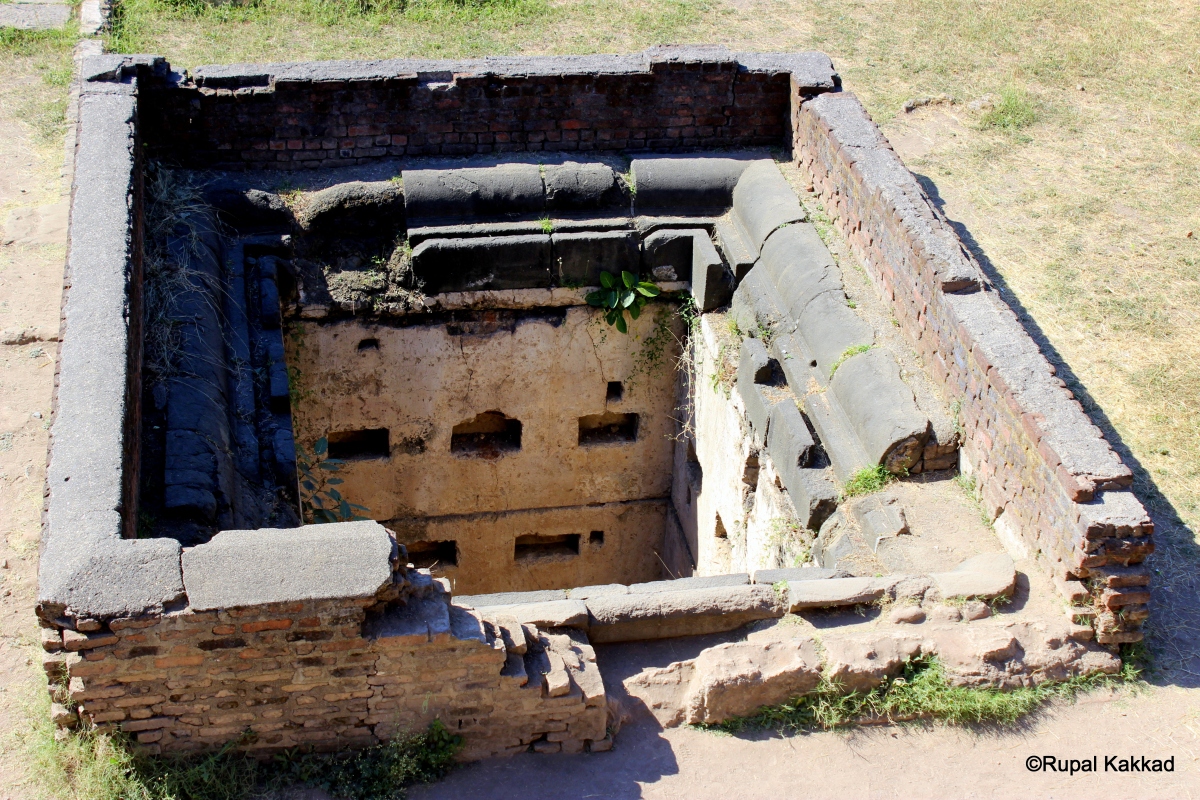
There is no food or water available inside the palace so I recommend taking a bottle of water with you. The palace was built in 1732 and was the seat of the Peshwa (Prime Minister) in the Maratha Empire until 1818 when the British East India Company took control. The palace was originally seven story high and the first two floors were made of stone. The rest was made from brick. Over the years, fires destroyed most of the palace except for the part built in stone.
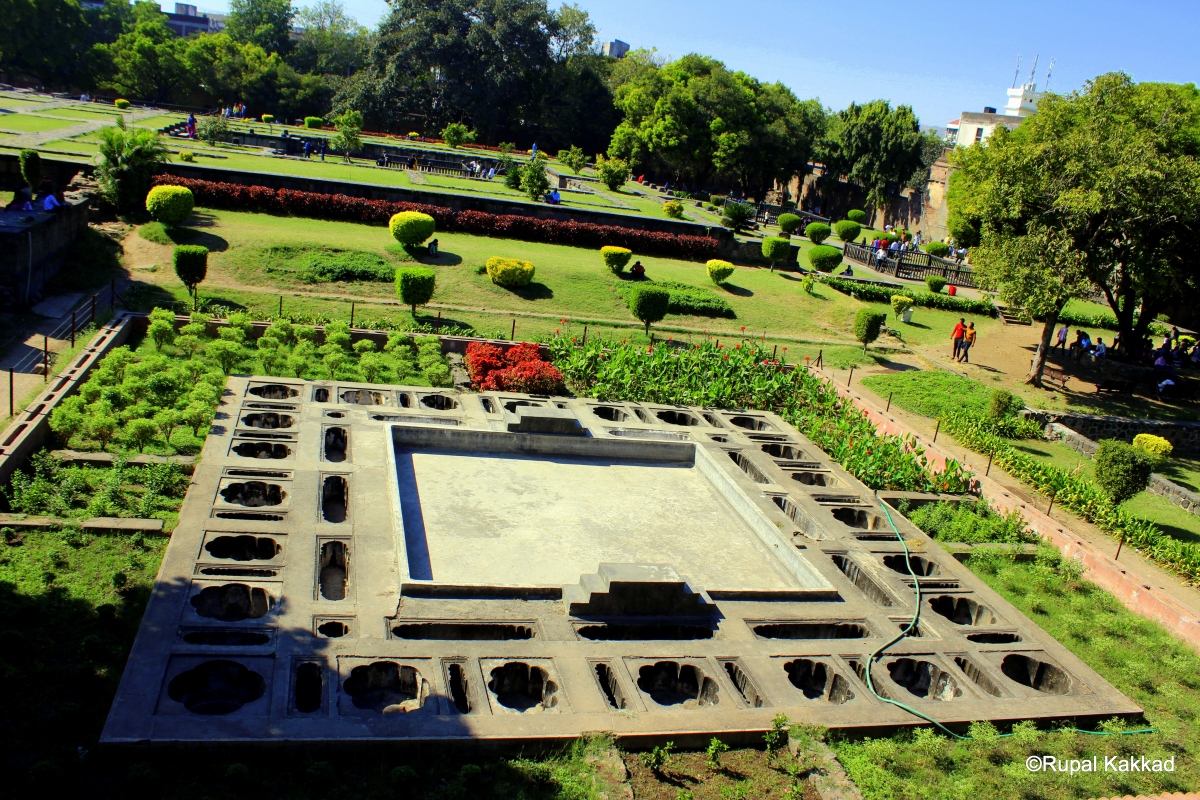
And now, as promised the story about betrayal and power struggle. Nanasaheb, the ruling Peshwa, had 3 sons. The eldest died in battle so after Nanasaheb died, his second son, Madhavrao, became the Peshwa. After his death, the youngest son Narayanrao, became the ruling Peshwa. Since Narayanrao was 17 years old, his uncle Raghunathrao was made his regent. There was conflict between the two because Raghunathrao wanted more power.
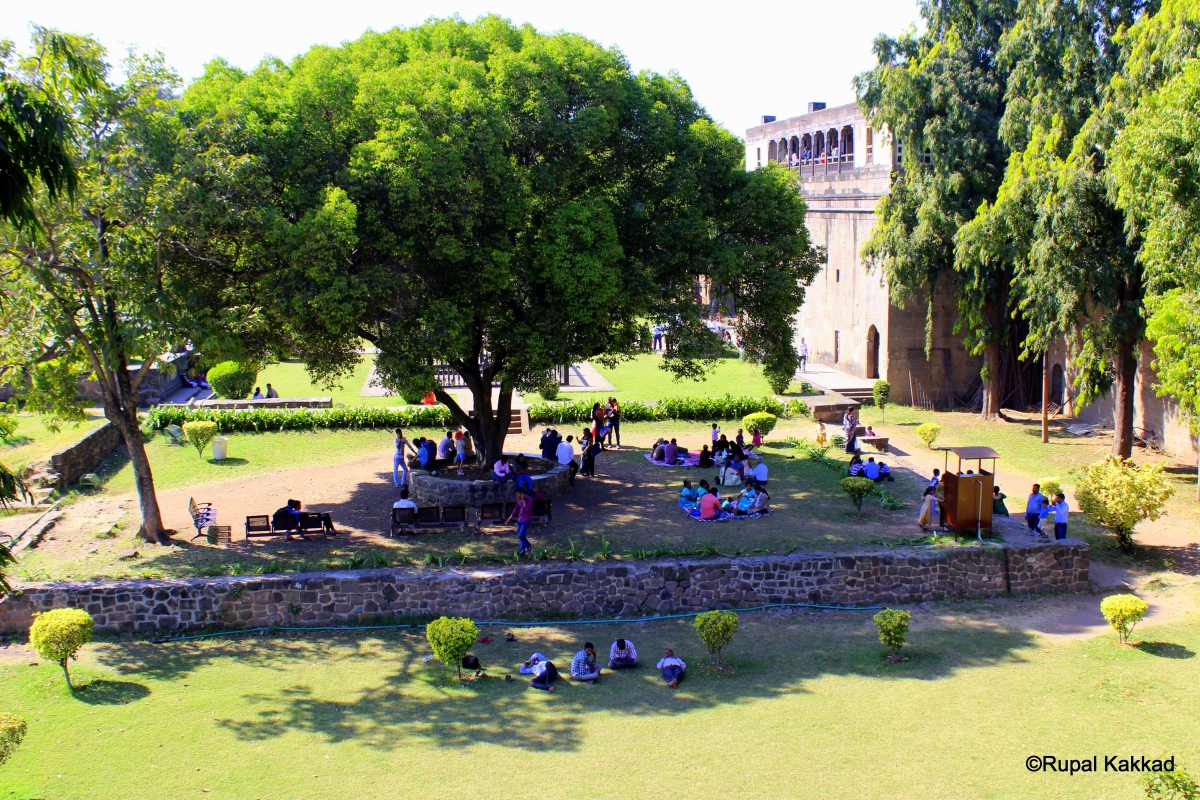
Narayanrao put his uncle under house arrest. Raghunathrao convinced the palace guards to help him and he sent them a note saying capture Narayanrao. Uncle’s wife got a hold of the letter before it’s delivered and changed it to say Kill Narayanrao. One night, during Ganesh festival, the guards entered his chamber and tried to kill him. He escaped and ran towards his uncle’s room yelling “uncle save me”.
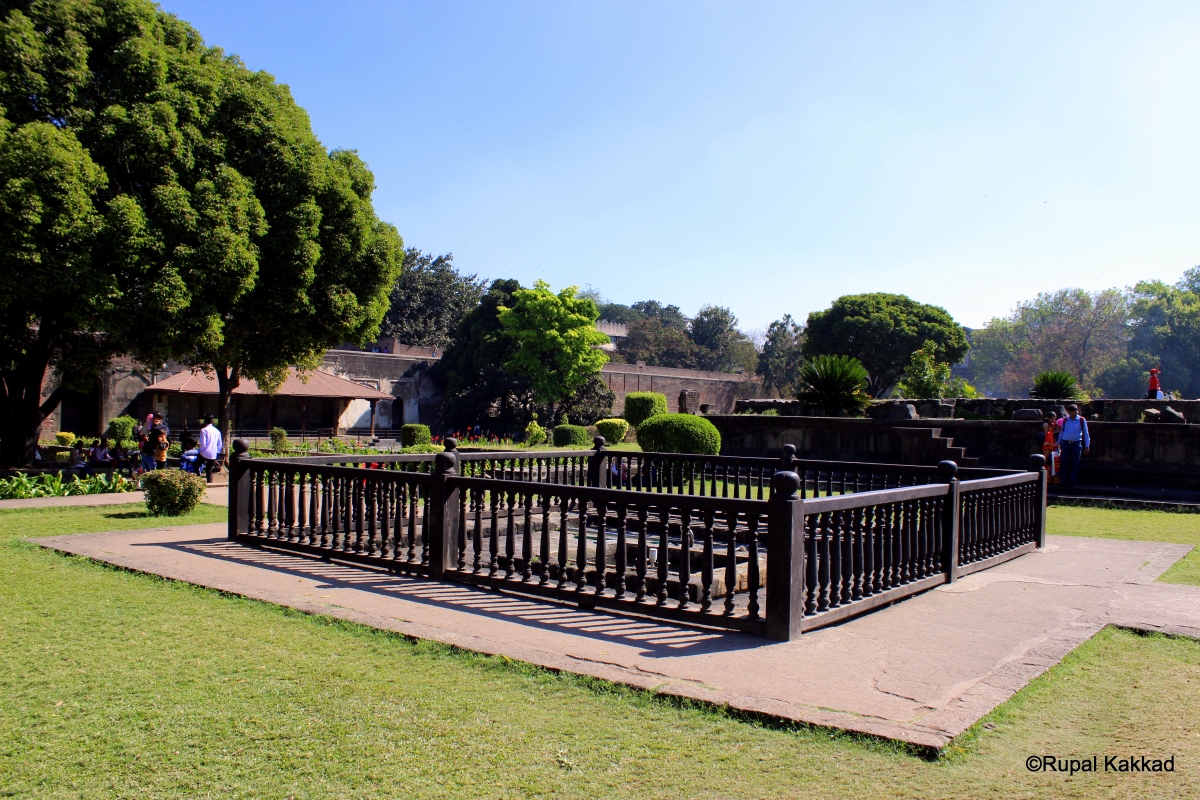
Obviously, the uncle doesn’t help. The guards kill him, chop up his body, put it in pots and burn it near the river Mutha. The uncle and his wife tried to take control but fail again. Narayanrao’s wife was pregnant and had a son. That son was made Peshwa when he was a baby but the uncle refused to go down without a fight. Uncle and his army lost the battle again. Eventually, the British take control and Narayanrao’s son commits suicide. Popular myth says Narayanrao’s ghost can be heard every full moon night screaming “uncle save me!” So, that’s the story behind Shaniwar Wada.
For more pictures of my latest travels, follow me on Rupal’s Travel Diaries
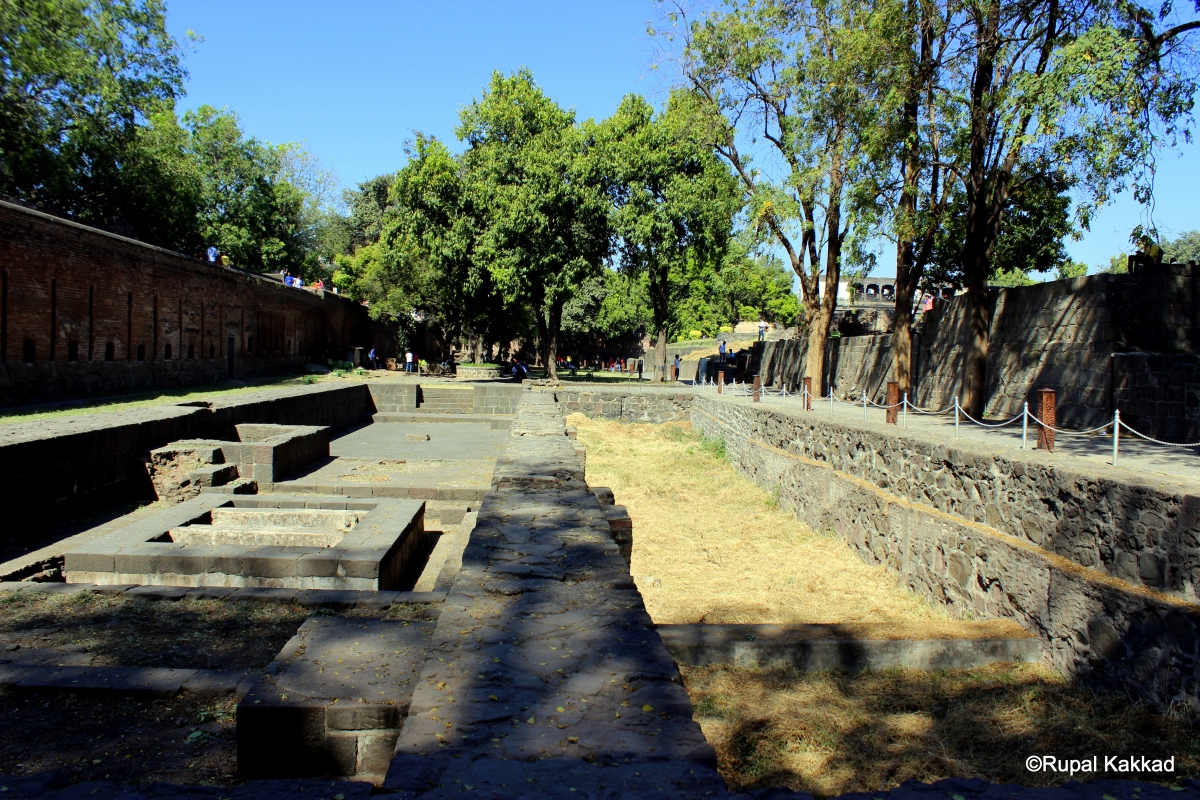



Great